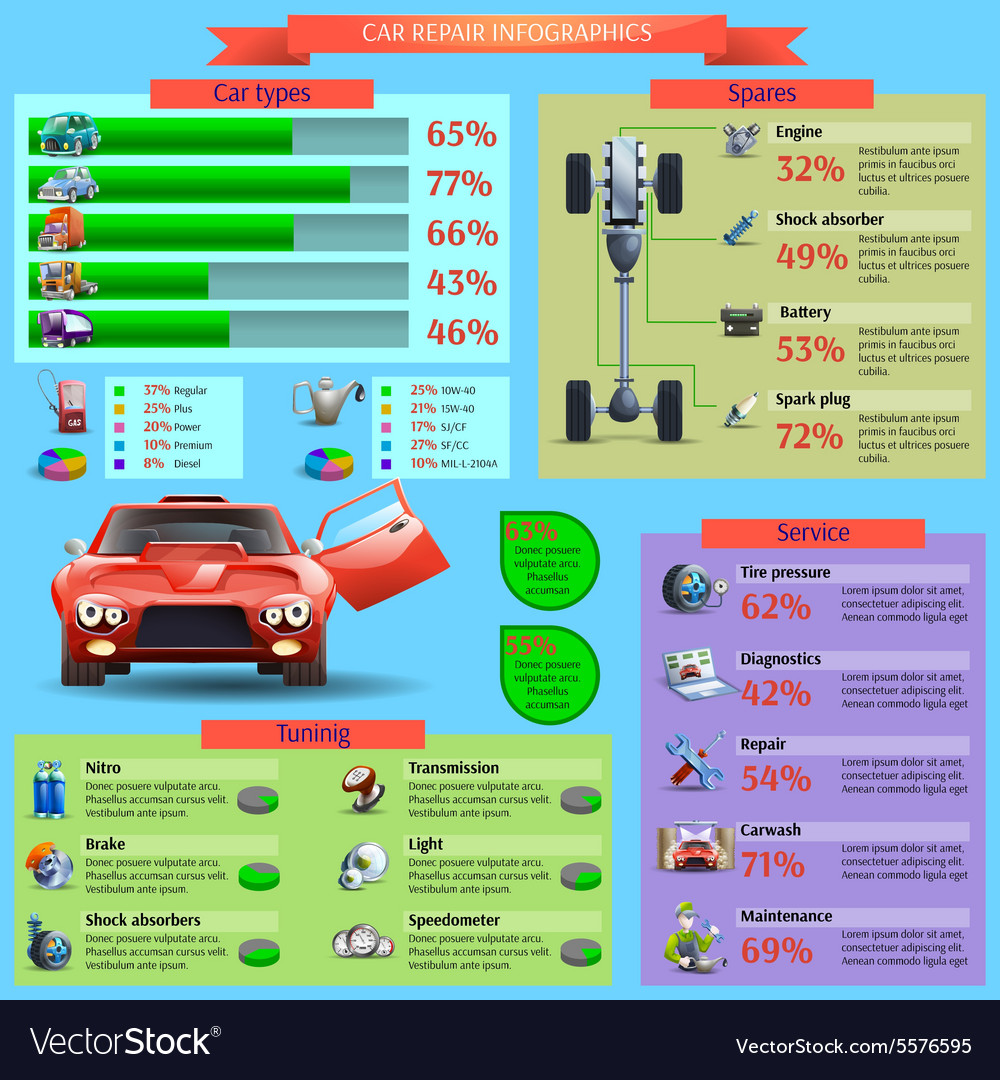Wondering About The Meaning Behind Those Control Panel Warning Lights? Gain Understandings Into Their Ramifications For Your Lorry'S Security And Maintenance
Wondering About The Meaning Behind Those Control Panel Warning Lights? Gain Understandings Into Their Ramifications For Your Lorry'S Security And Maintenance
Blog Article
Material By-Lim Torres
When you're behind the wheel, those radiant warning lights on your control panel can be a little bit difficult. Do you know what they're attempting to tell you regarding your auto's health? Understanding the value of these lights is important for your safety and the long life of your car. So, the next time one of those lights turns up, wouldn't you intend to decipher its message precisely and take the essential steps to address it?
Common Caution Lights and Interpretations
Recognize common caution lights in your auto and comprehend their significances to guarantee risk-free driving.
One of the most regular warning lights consist of the check engine light, which indicates problems with the engine or emissions system. If this light comes on, it's important to have your automobile examined without delay.
The oil stress cautioning light indicates reduced oil pressure, needing immediate attention to prevent engine damages.
A blinking battery light might recommend a faulty billing system, potentially leaving you stranded otherwise dealt with.
The tire stress tracking system (TPMS) light alerts you to low tire pressure, influencing lorry security and fuel effectiveness. Overlooking this might lead to harmful driving conditions.
The abdominal muscle light indicates a problem with the anti-lock braking system, compromising your capability to quit promptly in emergencies.
Finally, the coolant temperature level advising light warns of engine overheating, which can result in extreme damage if not dealt with quickly.
Comprehending these common caution lights will certainly help you resolve concerns immediately and preserve risk-free driving problems.
Value of Prompt Focus
Comprehending the typical warning lights in your cars and truck is just the primary step; the importance of immediately attending to these cautions can't be highlighted enough to ensure your security when traveling.
When a warning light brightens on your dashboard, it's your car's way of interacting a prospective issue that needs focus. Disregarding carshampoointerior can bring about more serious troubles later on, jeopardizing your safety and security and potentially costing you extra out of commission.
Motivate interest to cautioning lights can prevent malfunctions and crashes. For example, a blinking check engine light can suggest a misfire that, if left unattended, might cause damages to the catalytic converter. Addressing this quickly can save you from an expensive repair service.
Similarly, a brake system cautioning light could signal reduced brake fluid or used brake pads, vital parts for your safety when driving.
Do It Yourself Troubleshooting Tips
If you observe a caution light on your dashboard, there are a couple of DIY troubleshooting ideas you can attempt prior to seeking expert assistance.
The initial step is to consult your cars and truck's guidebook to comprehend what the particular warning light indicates. Occasionally the problem can be as straightforward as a loosened gas cap activating the check engine light. Tightening up the gas cap may fix the issue.
One more common concern is a reduced battery, which can set off different cautioning lights. Checking om detailing for deterioration and ensuring they're protected might deal with the trouble.
If a caution light lingers, you can attempt resetting it by disconnecting the vehicle's battery for a couple of minutes and afterwards reconnecting it. Furthermore, inspecting your automobile's fluid degrees, such as oil, coolant, and brake liquid, can assist repair alerting lights associated with these systems.
Final thought
To conclude, understanding your car's warning lights is important for maintaining your vehicle running smoothly and safely. By promptly attending to these signals and knowing what they mean, you can stay clear of pricey fixings and potential break downs.
Bear in mind to consult your auto's guidebook for specific information on each advising light and take action appropriately to make certain a trouble-free driving experience.
Stay educated, stay risk-free when driving!
